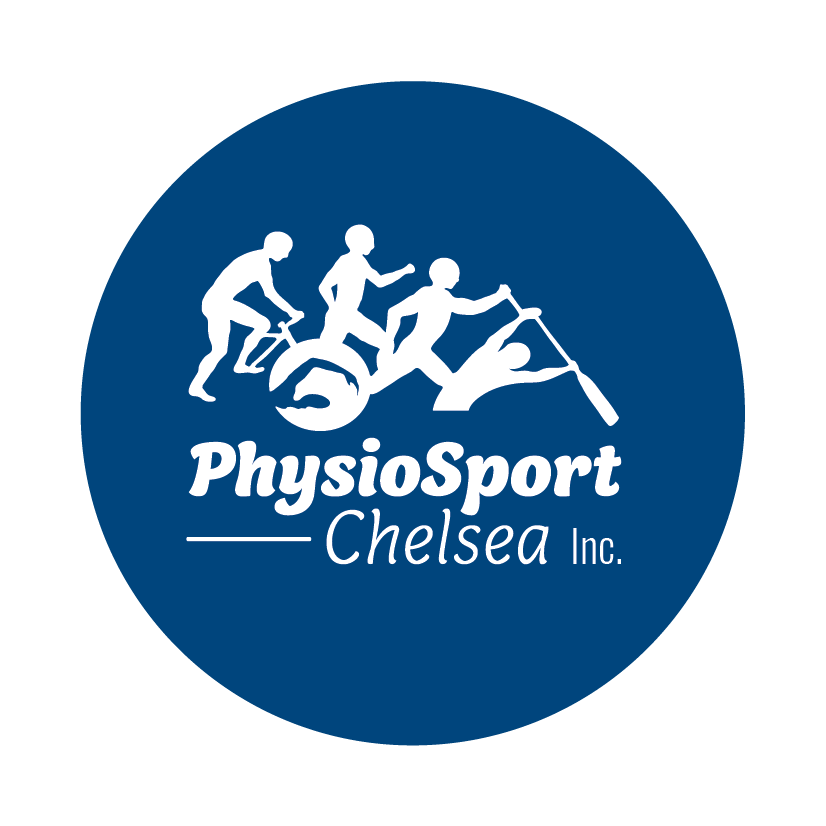Top Physio Tips to Prevent Running Injuries
The biggest challenge with running at this time of the year, is that we increase our volume too quickly. 80% of the running injuries we see at PhysioSport Chelsea are due to training & repetitive strain.
Here are top Physio tips to prevent running injuries:
1. Progress slowly - start with twice a week, then increase up to three or four times a week.
2. Slowly increase the length & intensity of your runs.
3. Warm-up: 15 min slow jog followed by ABC drills (video above)
4. To reduce injuries choose surfaces that are variable but not icy, which allow for variety of movements and mechanical load.
Happy trails!
A series on running injuries and how to treat them:
Iliotibial band & patella fémoral syndrome
1-These particular injuries are due to repetitive biomechanical dysfunctions
2-Too quick an increase in volume (distance) on hard surface, like road
3-Tight ITB; weak gluts & core *Glute Strengthening Step Downs: Make sure hips are square and knee lines up to second toe.
Achilles tenopathy & Plantar Fasciitis
1- Both the achilles (the tendon of the calf) and the plantar fascia (bottom of the foot) attach to the same bone (heel)
2- In acute phases, rest may be indicated, or support - such as a heel lift for an achilles and an orthotic for plantar fasciitis though these are temporary measures
3- Challenging running surfaces for the achilles is running up hill and for the fascia is running on uneven surfaces like sand
4- Plantar Fasciitis
PICTURE A: Stretch the calf and fascia first thing in the morning with a band.
PICTURE B: Stretch the fascia with tow against wall.
PICTURE C: Roll it with a ball, start at the inside of the heel & follow like a fan toward your big toe. .
5- Achilles tenopathy - Calf stretches
PICTURE D: Knee bent and knee straight - this will also help plantar fascia, remember they're connected.
PICTURE E: Heel drop program on step, repeat with knee slightly bent as this replicates the action of the achilles in running. .
Anterior & Posterior Shin Splints:
1 - Anterior shin splints refers to a muscle that is on the outside and front of your lower leg called the tibialis anterior; it moves your ankle up (dorsiflexion). Self Treatment: Roll from the top outside of your shin bone to the ankle (swipe for video)
Habits to change with running style: Drive with your hip "A" drill - flex through hip and knee versus dorsiflexing through the ankle.
2 - Posterior shin splints refers to the area which is on the inside front of the shin caused by tibialis posterior.
Self Treatment: Take a small ball and maintain pressure as you point and flex your ankle while you move the ball down the shin. (Swipe for video)
Habits to change with running style: Try to land midfoot and not forefoot and vary your running surface.
Exercise to focus on:
Calf Stretches
Dorsiflexion of ankle with Theraband
Straight leg eccentric heel raises (repeat with knee slightly bent)
